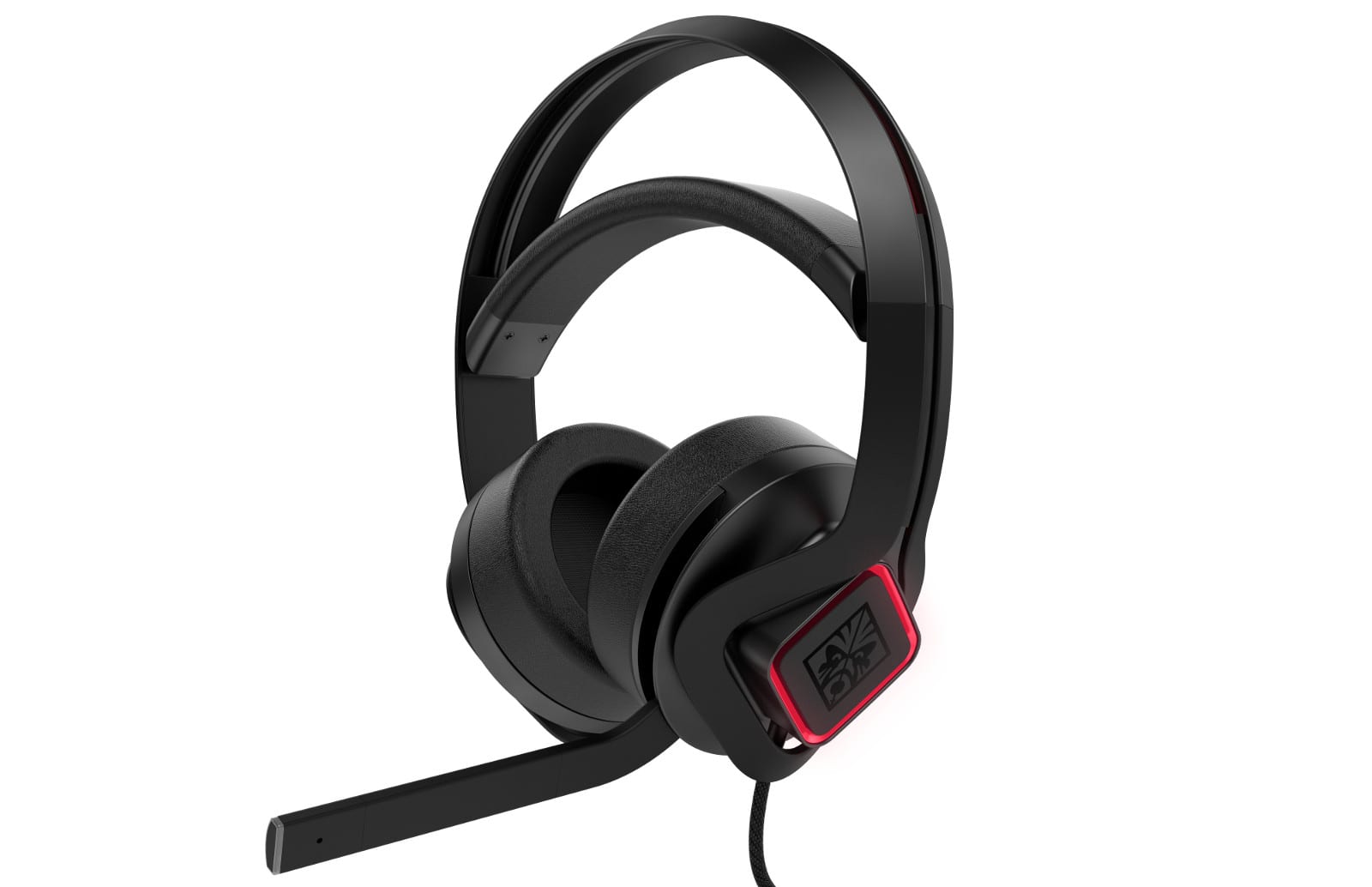New Zealand is getting an enormous Internet upgrade, thanks to a cable installed under the sea. The capable is expected to double New Zealand’s Internet capacity by providing an additional 72 Terabits per second of bandwidth. That’s equivalent to streaming more than 4.5 million 4K videos simultaneously. The cable is made of multiple layers of fiberglass strands, plastic, copper, steel. Why so much protection? Biting is one reason. The ocean is teaming with hungry creatures that don’t know the first thing (or care about) humans’ undersea cables. The fiber-optic cable will run Takapuna in in Auckland, New Zealand to Australia, Fiji, Kiribati, and then to the United States. That’s a 15,000 km route.
What’s a fiber-optic cable?
A fiber optic cable transmits light instead of electrical signals. This is because light travels faster, making it useful for performance-critical applications such as Internet cables. Fiber optic cables can also transmit massive amounts of data while maintaining a very thin profile.
While the increased bandwidth can improve streaming performance, the benefits of this capacity increase are far greater than that. That Internet powers all kinds of infrastructure that we use on a daily basis and it has become so important that it’s in everyone’s best interest to ensure that it is always up to the task of transmitting our data quickly and reliably. Whether it’s hospital equipment or other critical infrastructure for power or water delivery, the Internet has become very important. An additional cable also translates to an additional route for data to travel/a stronger backbone for New Zealand’s Internet. This benefits reliability to some extent.








